Pain Medicine: Care Instructions
Pain can keep you from doing the things you want to do. Medicine may help you feel better. There are many kinds of pain medicine. One type you can buy over the counter is acetaminophen (Tylenol). Other medicines help both pain and swelling. These are called nonsteroidal anti-inflammatory drugs (NSAIDs). They include aspirin, ibuprofen (Advil, […]
Learning About Healthy Weight
What is a healthy weight? A healthy weight is the weight at which you feel good about yourself and have energy for work and play. It’s also one that lowers your risk for health problems. What can you do to stay at a healthy weight? It can be hard to stay at a healthy weight, […]
Learning About Obesity
What is obesity? Obesity means having so much body fat that your health is in danger. Having too much body fat can lead to type 2 diabetes, heart disease, high blood pressure, arthritis, sleep apnea, and stroke. Even if you don’t feel bad now, think about these health risks. Do they seem like a good […]
Carpal Tunnel Syndrome: Exercises
Here are some examples of typical rehabilitation exercises for Carpal Tunnel Syndrome. Start each exercise slowly. Ease off the exercise if you start to have pain. Your doctor or your physical or occupational therapist will tell you when you can start these exercises and which ones will work best for you. How to do the […]
Carpal Tunnel Syndrome: Care Instructions
Carpal tunnel syndrome is a nerve problem. It can cause tingling, numbness, weakness, or pain in the fingers, thumb, and hand. The median nerve and several tough tissues called tendons run through a space in the wrist called the carpal tunnel. The repeated hand motions used in work and some hobbies and sports can put […]
Stopping Smoking: Care Instructions
Cigarette smokers crave the nicotine in cigarettes. Giving it up is much harder than simply changing a habit. Your body has to stop craving the nicotine. It is hard to quit, but you can do it. There are many tools that people use to quit smoking. You may find that combining tools works best for […]
Sacroiliac Pain: Exercises
Here are some examples of typical rehabilitation exercises for your condition. Start each exercise slowly. Ease off the exercise if you start to have pain. Your doctor or physical therapist will tell you when you can start these exercises and which ones will work best for you. How to do the exercises Knee-to-chest stretch Do […]
Sacroiliac Joint Pain: Care Instructions
The sacroiliac joints connect the spine and each side of the pelvis. These joints bear the weight and stress of your torso. This makes them easy to injure. Injury or overuse of these joints may cause low back pain. Stress on these joints can cause joint pain. Sacroiliac joint pain is more common in pregnant […]
Low Back Arthritis: Exercises
Here are some examples of typical rehabilitation exercises for low back arthritis. Start each exercise slowly. Ease off the exercise if you start to have pain. Your doctor or physical therapist will tell you when you can start these exercises and which ones will work best for you. When you are not being active, find […]
Getting Back to Normal After Low Back Pain: Care Instructions
Almost everyone has low back pain at some time. The good news is that most low back pain will go away in a few days or weeks with some basic self-care. Some people are afraid that doing too much may make their pain worse. In the past, people stayed in bed, thinking this would help […]
